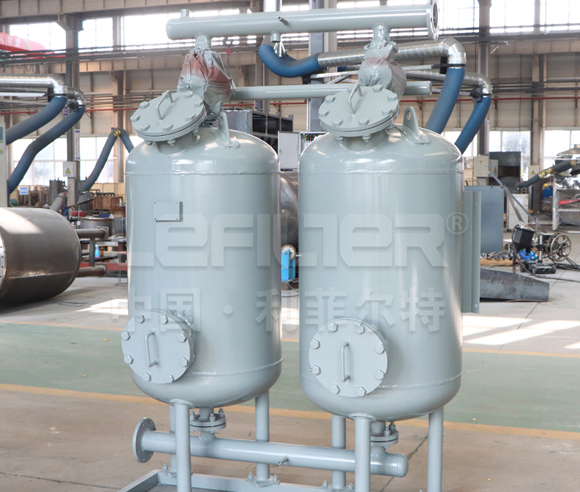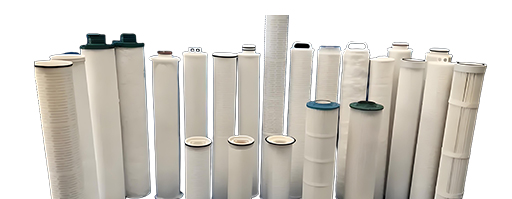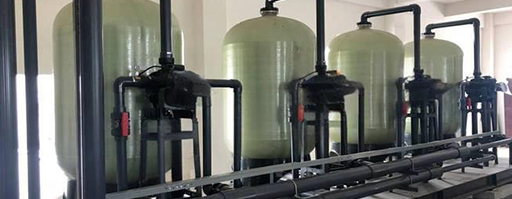Shallow Sand Filter: Transforming Communities Through Culturally Adapted Water Treatment Solutions
Publication time:2025-05-28
Beyond its technical merits in Industrial Water Systems, the Shallow Silica Sand Filter Equipment is demonstrating remarkable potential to bridge the gap between advanced filtration science and local community needs, particularly in developing regions where water quality directly impacts public health and economic development.
Cultural Adaptation: How Shallow Sand Filtration Meets Diverse Societal Needs
The implementation of water treatment technologies must account for cultural perceptions and traditional practices surrounding water use. Shallow media filtration systems have shown particular success in this regard due to their inherent characteristics that align with various cultural contexts.
1.Aligning with Local Water Management Traditions
In many communities, water collection and treatment have been communal activities for generations. The Automatic Backwash Filtration Shallow Sand Filter naturally complements this social structure through:
Visible filtration processes that build trust compared to opaque high-tech alternatives
Gradual quality improvement that respects traditional water aesthetics without abrupt changes
Community-scale operation fitting between household filters and large municipal plants
2.Overcoming Technological Skepticism
The simplicity of Shallow Silica Sand Filter Equipment proves advantageous in regions wary of complex water treatment equipment:
Tangible filtration media that community members can see and understand
Minimal chemical requirements aligning with preferences for "natural" treatment methods
Repairable designs that local technicians can maintain without specialized training
Social Impact: Community Water Security and Beyond
When implemented with proper community engagement, Shallow Sand Filters become tools for broader social transformation rather than mere technical installations.
1.Empowering Women and Reducing Water Collection Burdens
In cultures where water gathering traditionally falls to women and children, appropriately scaled Automatic Backwash Filtration Shallow Sand Filter systems can:
Reduce time spent traveling to distant water sources
Minimize health risks associated with carrying heavy water containers
Create opportunities for women to participate in water management roles
2.Fostering Local Economic Development
The deployment of Shallow media filtration often stimulates peripheral benefits:
Skilled maintenance positions for community members
Small-scale water enterprises selling treated water to neighboring areas
Agricultural improvements through reliable irrigation water quality

The Critical Role of Community Participation
Successful implementation of Shallow Silica Sand Filter Equipment in diverse cultural settings hinges on meaningful community involvement throughout the project lifecycle.
1.Planning Phase Integration
Effective projects incorporate:
Local knowledge about seasonal water quality variations
Cultural preferences regarding water taste and appearance
Existing social structures for decision-making and responsibility sharing
2.Ongoing Operational Engagement
Sustainable Industrial Water Systems require:
Community-led monitoring of water quality parameters
Adaptive management that evolves with changing needs
Intergenerational knowledge transfer about system maintenance
Addressing Implementation Challenges
While Automatic Backwash Filtration Shallow Sand Filter technology offers numerous social benefits, certain considerations require attention for optimal cultural fit.
1.Balancing Automation with Local Capacity
The ideal implementation:
Preserves appropriate technology principles while utilizing efficient backwash automation
Trains local operators rather than creating dependency on external experts
Documents maintenance procedures in culturally appropriate formats
2.Respecting Water Hierarchy Beliefs
In some cultures:
Sacred water sources may require special consideration
Traditional purification rituals might complement mechanical filtration
Community elders' approval often proves essential for adoption
The Future of Culturally Sensitive Water Treatment
As awareness grows about the social dimensions of water infrastructure, Shallow media filtration systems are evolving to better serve diverse populations.

1.Emerging Innovations
Modular designs allowing gradual system expansion as communities grow
Cultural adaptation kits with locally appropriate housing materials and aesthetics
Story-based training materials that resonate with oral traditions
2.Global Knowledge Sharing
The water sector is increasingly recognizing:
South-to-South technology transfer of adapted Shallow Silica Sand Filter Equipment
Documentation of cultural integration best practices
Community feedback loops informing future product development
Conclusion: Water Treatment as Social Practice
The Automatic Backwash Filtration Shallow Sand Filter represents a rare convergence of appropriate technology and advanced engineering—a water treatment equipment solution that respects cultural contexts while delivering reliable performance. In Industrial Water Systems across diverse societies, these systems demonstrate that the most effective water solutions are those that communities embrace as their own.
As we move toward more inclusive models of water infrastructure development, the Shallow Sand Filter stands as proof that technical excellence and cultural sensitivity can—and must—work hand in hand to create sustainable water futures for all.
Explore culturally adapted solutions—contact our team to discuss how Shallow Silica Sand Filter Equipment can be tailored to your community's unique water needs and social context.
FAQ:
Q: How can I improve the performance of my Shallow Sand Filter?
A: To improve performance, ensure regular backwashing, use appropriate sand types, and maintain optimal flow rates to prevent clogging and maintain filtration efficiency.










